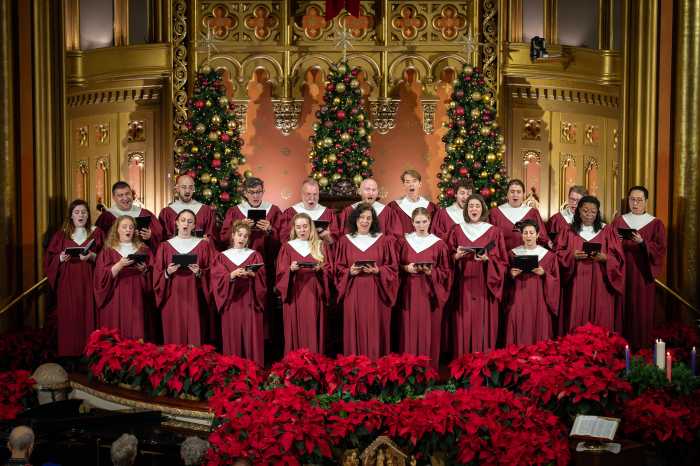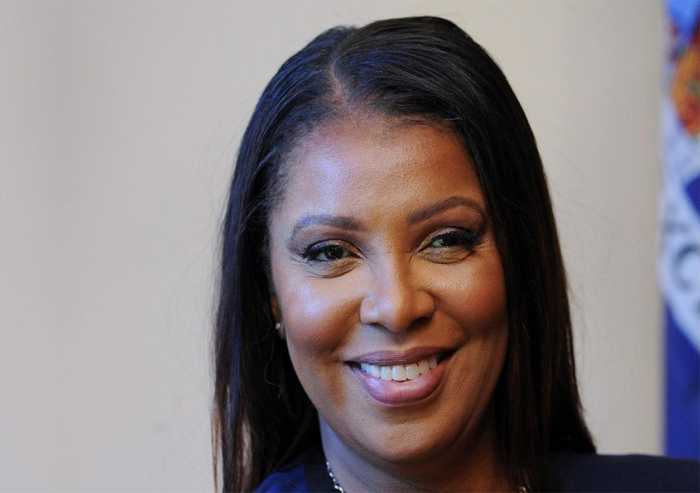The collapsing economy has tightened New York art budgets, putting in motion a potential wave of bankruptcies that could pummel local institutions and galleries and cause irreparable harm to many artists.
New York-based online auctioneer Paddle8’s recent bankruptcy shows that many in our local art industry are on shaky ground. Now, with collectors tightening their belts, several more art institutions and galleries could fall victim to the coronavirus economy, further cutting into artists’ ability to earn a living.
Artists represent a critical, rarely measured value in New York City. They’re a nucleus, serving as the power source for the city’s creativity and innovation. If lost, they may never return. It’s vital we prioritize supporting them during this crisis.
For example, a recent study showed that 63 percent of local dance workers are having cash-flow issues and 75 percent need funds for housing. And A.R.T./New York has estimated that its 400-plus member theaters could experience a loss of $140 million.
Also, about a third of art galleries across the industry don’t expect to survive the economic crisis, a number that’s likely higher in New York due to the high cost of rent and the continued severity of the pandemic here.
In particular, one unseen issue could plague local artists if galleries fail — in addition to losing sales revenue, they may lose their artwork.
That’s because art galleries exist in a unique realm. Businesses like retailers purchase products for inventory, which they sell to customers, and if the business fails, the inventory is liquidated to repay creditors. Galleries, though, generally have consignment agreements with artists — getting paid one-third to one-half of the final sale proceeds for each artwork.
But when a gallery files for bankruptcy, instead of returning consigned pieces to the artists, a tug of war can start over whether the work belongs to the gallery or the artist. It may seem obvious that artists should be able to keep their artwork, but that’s not how bankruptcy laws function.
Creditors can argue the gallery had possession of the work — and can claim ownership under the Uniform Commercial Code — and that the consigned artwork should help pay off the gallery’s debts. There are countless examples of artists’ works being ensnared in these bankruptcy cases, which take years to litigate and inevitably force artists to settle. Artists can take proactive action to protect themselves by formally filing UCC documents that ensure a “security interest” for their consigned works — but many overlook this.
All this is to say that New York artists need to be safeguarded. Already, Mayor Bill de Blasio has announced a significantly pared-down budget for the fiscal year 2021, with decreases in planned funding for museums and cultural institutions, including a 35 percent cut in funding for the Department of Cultural Affairs from the 2020 budget.
During turbulent economic times, the most vulnerable are often hit the hardest — and it’s no different with artists in this situation. Whether it’s being ensnared in bankruptcy proceedings, losing income from budget cuts, or having performances canceled, now is a time where artists — such valuable members of our local economy — should not be overlooked.
As we assess plans to reopen the New York economy, we must think carefully about how we can support our local artists to ensure they not only make it through the current storm, but emerge intact, resilient as ever, on the other side.
Sam P. Israel is an art and intellectual property attorney based in Manhattan, where he leads the boutique firm Sam P. Israel P.C.
This story was first published at amny.com. To sign up for the Gay City News email newsletter, visit gaycitynews.com/newsletter.













